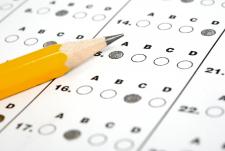Sample Questions, More Details on the Redesigned 2016 SAT
Posted on Wed, 04/16/2014 - 09:54
The College Board today released some 250 pages of specifications for the redesigned 2016 SAT, including sample questions. According to Cyndie Schmeiser, chief of assessment for the College Board, today's information includes "everything a student needs to know to walk into that test and not be surprised." However, the College Board announcement stressed that all the information about the redesigned test is in draft form, "not a full reflection of what will be tested," and subject to change.
College Admission reported the major changes in the redesign last month -- Big Changes Coming to the SAT in 2016:
· The essay isn't gone, but it's optional and will be scored separately. Students will be asked to read a passage and analyze how its author used evidence, reasoning and stylistic elements to build an argument. The essay will be scored on the strength of that analysis, as well as writing ability.














